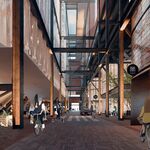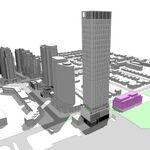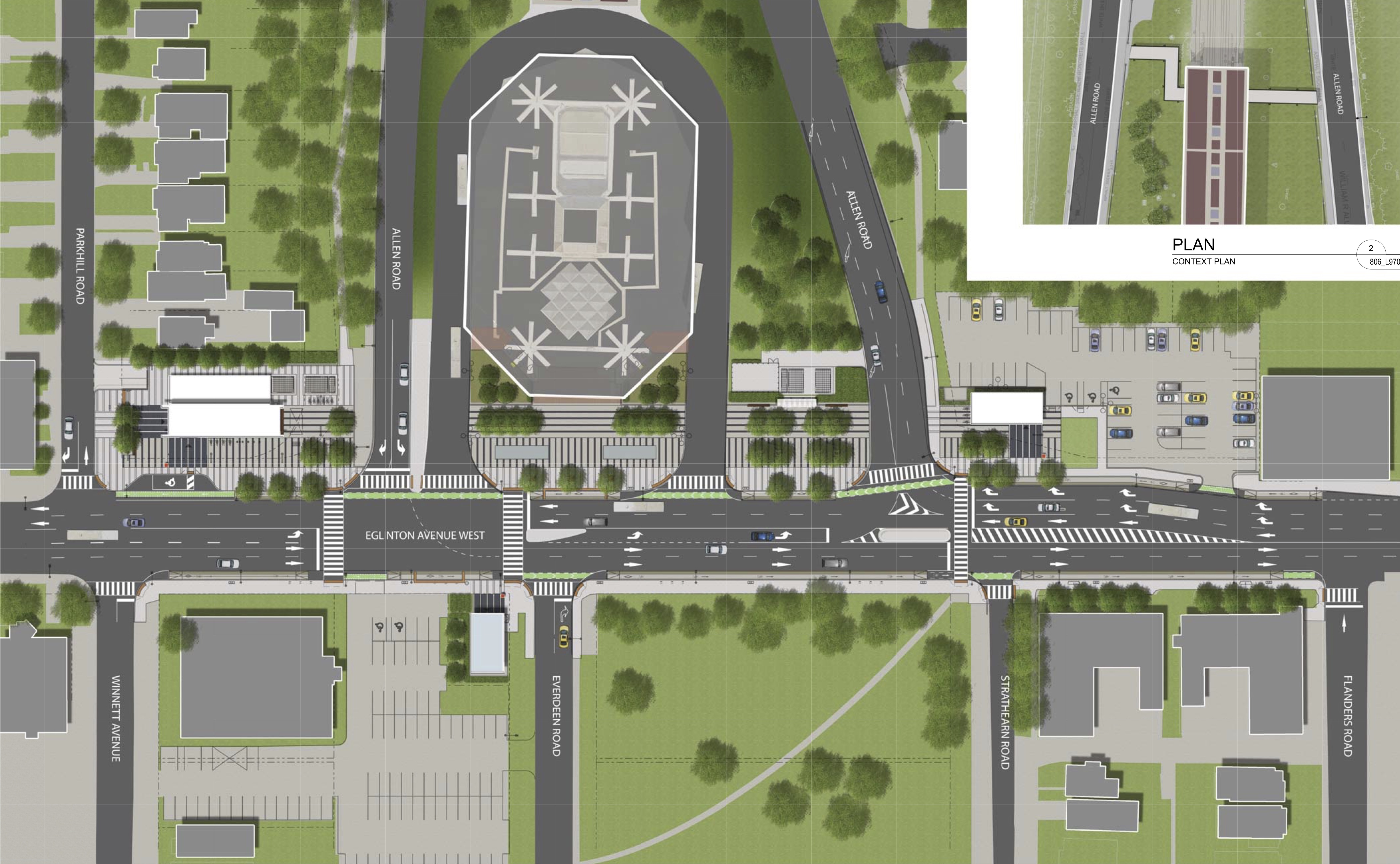Steve X
Senior Member
Haven't we discovered that stations located on highway and hydro corridors aren't easily accessible by pedestrians? It usually involves dodging cars or worrying about safety at night on a low use station. Look at the entrance of Wilson, Lawrence West or Ellesmere. You would want to take a bus out for a couple of stops instead of walking.This. This a million times over. Look at most LRT systems in the USA and Calgary/Edmonton. They are not run like streetcars, in the median of a street (except for sometimes downtown sections in small parts). They run in hydro corridors, Rail ROWS, in the median of a highway (with grade sep) or streets that are closed to cars and converted to rail corridors.They are elevated, tunneled, etc. They are fenced off so that people can't trespass and that allows them to run at higher speeds (unlike the Queens Quay disaster, for example)
The problem with Transit City and Toronto is that we have a legacy streetcar system that clouds our judgement on what an LRT should be.





